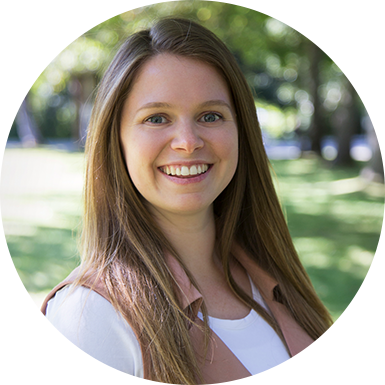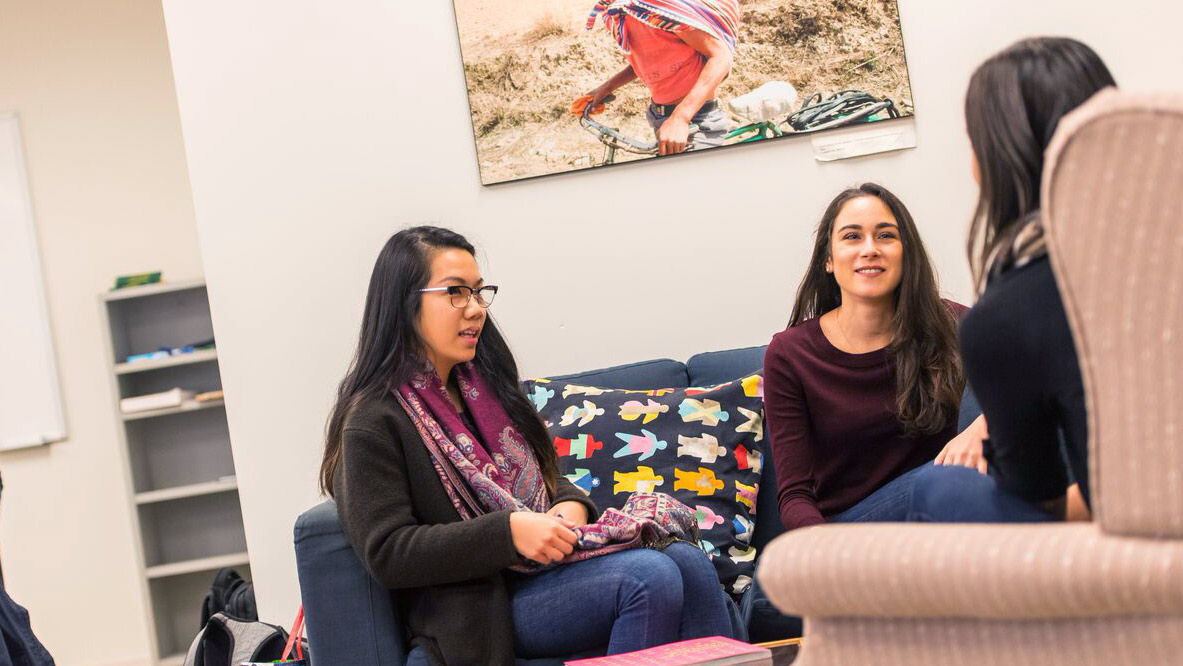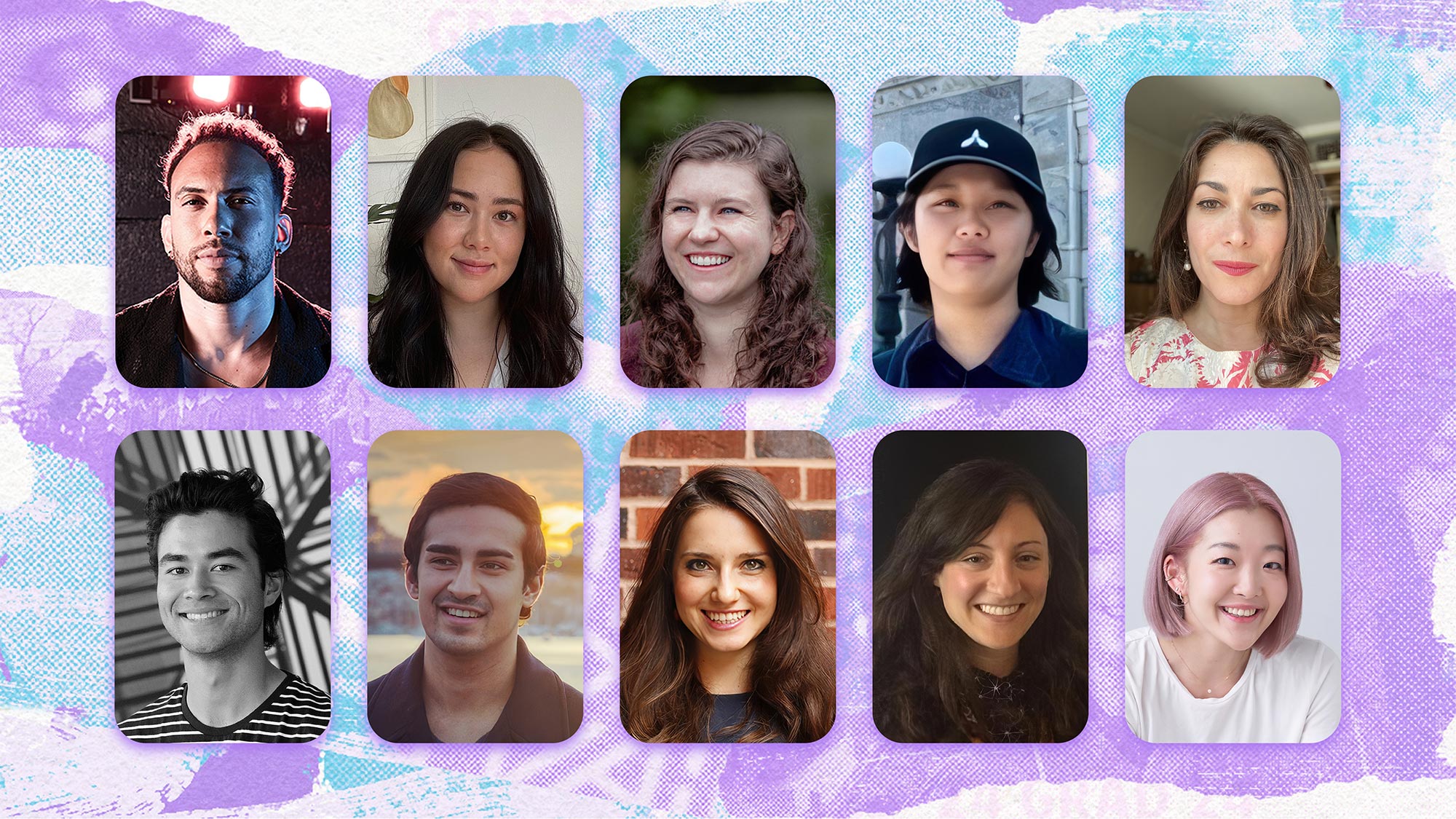

Written by Robyn Stalkie, Arts Career Strategist
What do an entrepreneur, a product designer, and a research coordinator have in common? Each of them took their personal interests, course work, and activities during their UBC Arts degrees, and turned them into valuable and fulfilling careers.
Contrary to popular belief, you don’t need to arrive at UBC with your whole future planned out! In fact, this is the perfect time to explore your interests to find out what you like… and what you don’t! It can feel tricky to know where to start, but the approaches below can help point you toward an answer to the age-old question: “what do I want to do with my life?!”
Be curious
You’re about to learn a lot of new information, meet people from all over the world, and develop a variety of skills both inside and outside the classroom. As humans we’re naturally curious. Paying attention to those sparks of interest (and following up on them) can lead you in directions you might not expect.
As you dive into essays, projects, and class discussions, you’ll be practicing things like researching, sorting through information, and making logical connections between ideas. These same skills are valued in many fields, from government and consulting to tech, arts and culture, and non-profits. By noticing what catches your attention, you can intentionally explore those interests through your courses or activities outside of class. Over time, following your curiosities will help you see patterns in what energizes you and where you might want to go next.
To start, ask yourself:
- How can I learn more about this topic?
- Why does it excite me?
- Who else can I talk to about it?
Experiment
Your first year is a great time to test things out and see what feels right.
Joining a club, volunteering at a campus event, getting involved with the Arts Undergraduate Society, or joining Arts Co-op in your second year, are great, low-stakes ways to find out more about your interests. You might find yourself organizing an event, running a social media account, or helping with a budget. Each one teaches you something about what you enjoy (or don’t).
In the classroom, you could also challenge yourself by taking an elective that feels a bit out of your comfort zone. Trying new subjects might surprise you, and open doors you hadn’t considered.
Collaborate
Friends, family, classmates, academic advisors, and career educators are great people to talk to as you start shaping your first-year. Sharing your ideas with others can spark new perspectives, and help you notice possibilities that you might not see by yourself.
When you’re ready to reach a little further, professors and alumni can also offer insights into how your interests connect to bigger opportunities. Each conversation, whether it’s casual, or more formal, is part of building a community of support around you.
Reading about Arts alumni or connecting with them at career events hosted by The Compass, gives you real tangible examples of the choices students made and where those choices led. Having these kinds of conversations, asking alumni or peers about their experiences, can help you check your assumptions and see how many different paths an Arts degree can open.
Be mindful of the process
Start where you are.
Your first year is about exploring, trying things, and noticing what matters to you. Everyone moves at their own pace, so resist the urge to compare yourself with what others are doing. You’re traveling your own path.
There will be times when you feel uncertain or stuck. If you’re feeling that way, acknowledge the feeling, and then come back to your curiosities, the connections you’re making, and the experiments you’re trying to regain your momentum. Trust that each small step adds up and will help shape your next move.
Reframe
There is a lot of power in the way we choose to frame things.
The way you think about a challenge can change how you move through it. Sometimes we go into situations already convinced about how they will turn out, and those assumptions can hold us back from even trying.
When you notice a negative thought creeping in, you can practice reframing the problem. Here are a few examples:
- I have no idea what I want to do → I get to explore lots of different things before deciding
- I need to pick the right major next year → There isn’t one “right” path to take, I can change my mind as I learn about myself
- My Arts degree won’t lead to a successful career → Arts alumni are out there building all kinds of meaningful careers
Reframing doesn’t mean ignoring challenges, it means looking at them in a way that keeps you moving forward.
Now that you’ve seen the five mindsets of Designing Your Life, you can start using them to shape your own first year. This idea comes from the field of “design thinking”, a creative problem-solving approach popularized in tech, and adapted for individuals by Stanford professors Bill Burnett and Dave Evans, in their book Designing Your Life (available at the UBC Library).
The point isn’t to have everything mapped out, but to treat your first year like a series of small design experiments. Follow your curiosities, try things out, talk to people, and pay attention to what you learn along the way. Careers don’t arrive fully formed, they take shape through exploration.
Your first year is just the beginning, and every class you take, every question you ask, every conversation you have will help you learn more about yourself, and open doors for what comes next.


This blog post was originally inspired by Juliana deSouza, former Arts Career Strategist.


